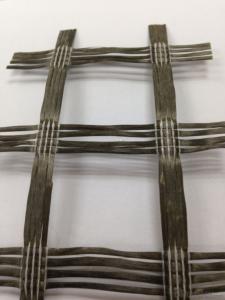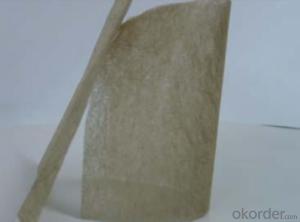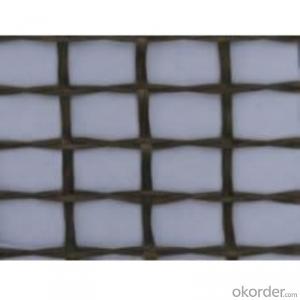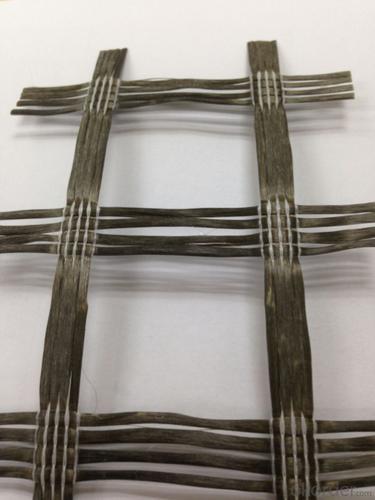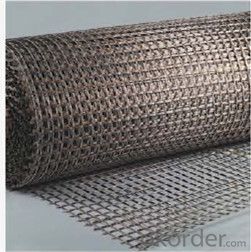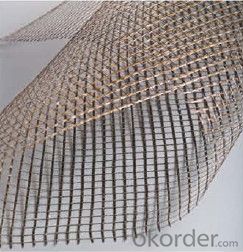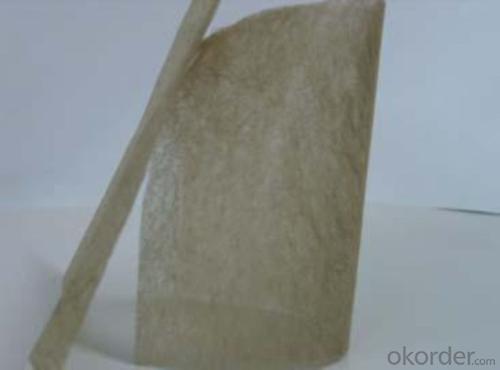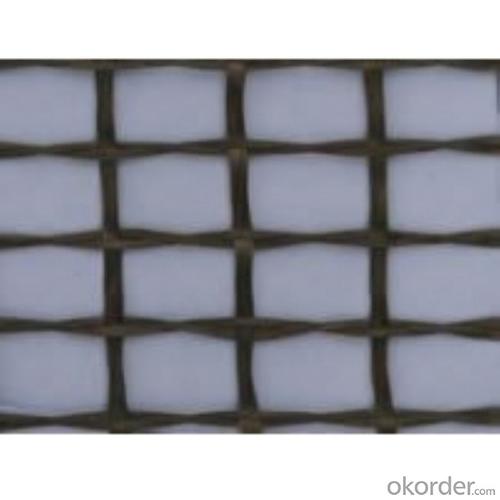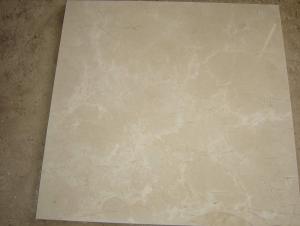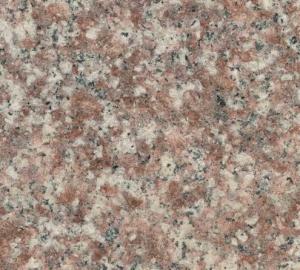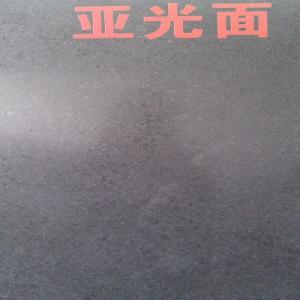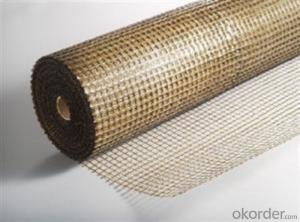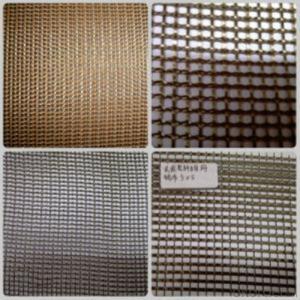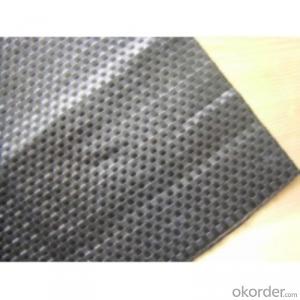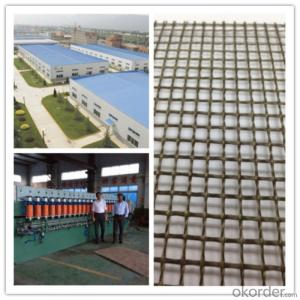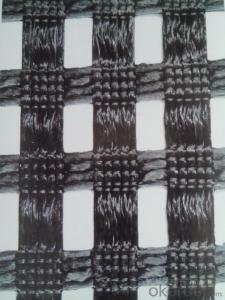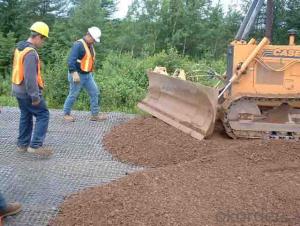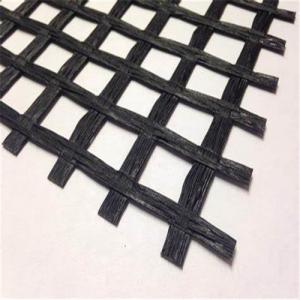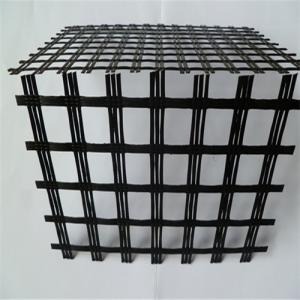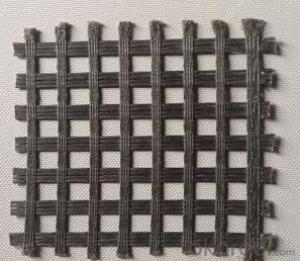Geo-grid from Basalt Fiber for Piers Dams Road and Buildings
- Loading Port:
- Shanghai
- Payment Terms:
- TT OR LC
- Min Order Qty:
- 4000 m³
- Supply Capability:
- 1000000 m³/month
OKorder Service Pledge
OKorder Financial Service
You Might Also Like
Basalt Fiber Geogrid Introduction
Continuous basalt fiber geogrid is made by impregnating woven basalt fiber scrim with asphalt and then drying to be made.
In the normal temperature, the ratio of the elastic modulus between the basalt fiber concrete and the asphalt concrete is 24: 1.
Advantages of Basalt Fiber Geogrid
Basalt fibre concrete has the excellent resistance to deformation, the elongation at break is about 3.1%. Basalt Fiber owns the high-temperature resistance, frost resisting resistance (-260~650 ℃), the same thermal expansion coefficient with the asphalt concrete, the high tensile strength, ultraviolet resistance, the stable chemical resistance, ageing resistance. The stirring temperature of the asphalt concrete is up to 190℃. The high-temperature Basalt fiber is the best alternative of the polyester fiber. It can satisfy the asphalt stirring temperature (190 ℃), and it is the excellent construction material for reinforced cement & concrete, and it has the outstanding penetration resistance.
Basalt geogrid/geotextile is more durable than metallic and glass-fiber reinforcement due to basalt fiber’s excellent performance.
Specifications of Basalt Fiber Geogrid
Item No. | Weight (g/m2) | Size (mm) | Thickness (mm) | Width (mm) | Roll Length (m) |
CMAX-250 | 250 | 5X5 | 0.6-0.7 | 300-2000 | 50m~100m |
CMAX-120 | 165 | 10X10 | 0.7-0.8 | 300-2000 | 50m~100m |
CMAX-300 | 350 | 25X25 | 0.8-0.9 | 300-2000 | 50m~100m |
Application of Basalt Fiber Geogrid:
-laying of cement concrete pavement
-the reinforcement of the piers, dams,road and buildings
-building surface drywall joints
-cement mortar or concrete pouring
FAQ:
1. Which payment do you accept?
For you convinience, our payment can be L/C,TT
2. Is free sample available?
We can supply free samples. You'll just need to pay for express cost.
3. How about your quality?
We have strict quality control system, we make testing on incoming raw material and finished products. Your third party testing is also welcomed. With high quality, our products are used on government projects at home and abroad. Our product quality is accepted by clients from all over the world.
4. When will you reply my request?
You are our expected customer, we’ll reply your request within 24hours. Please feel free to contact us at any time.
Photo of Basalt Fiber Geogrid:
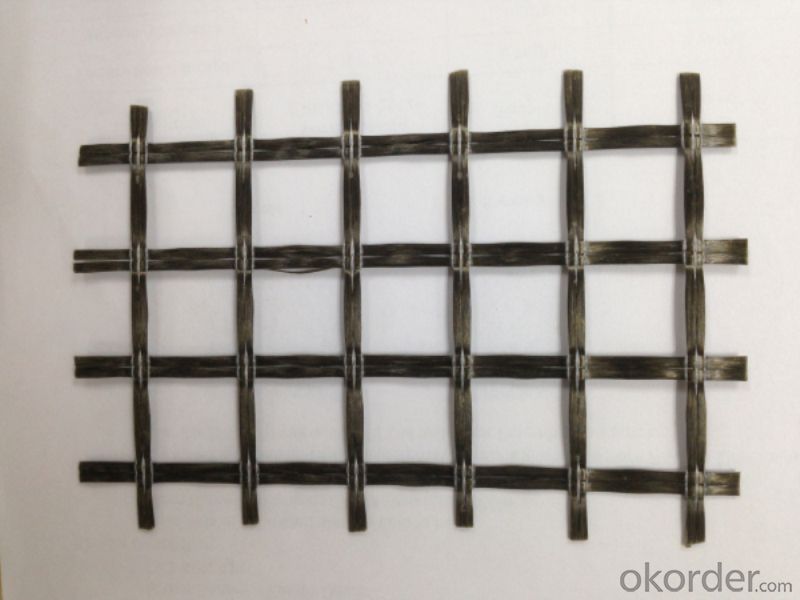
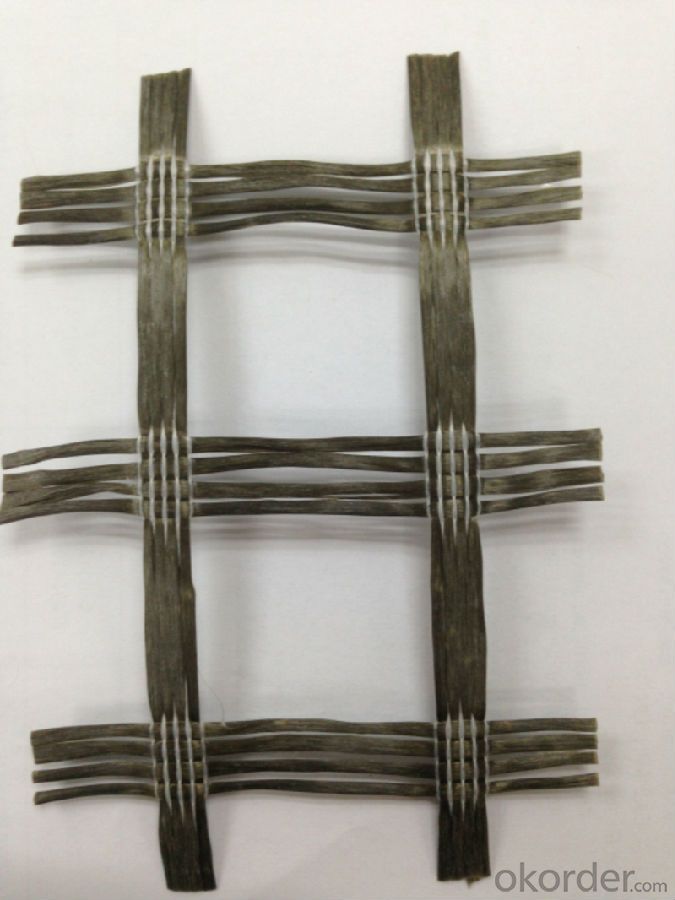
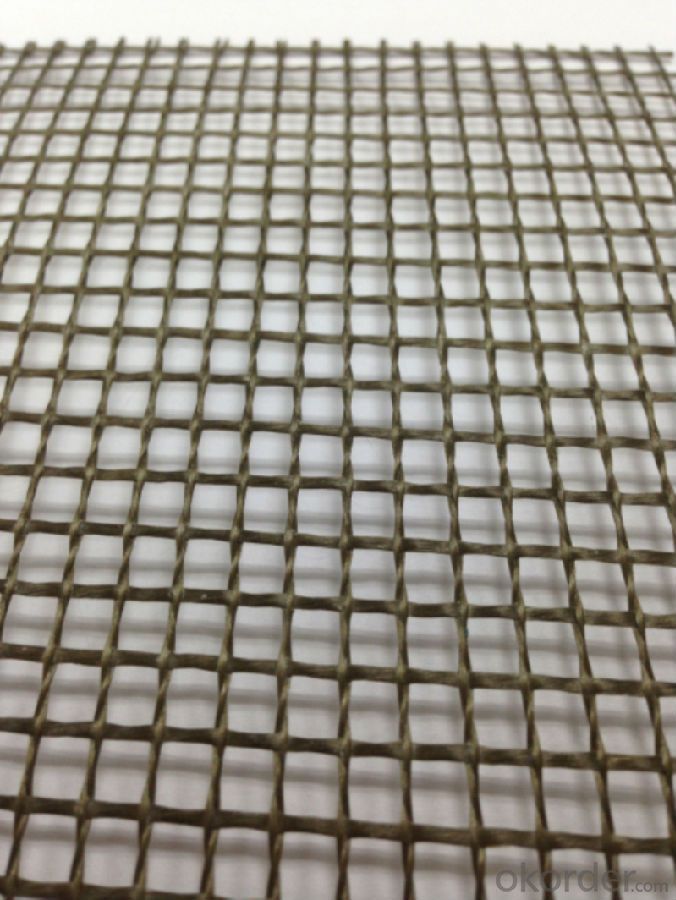
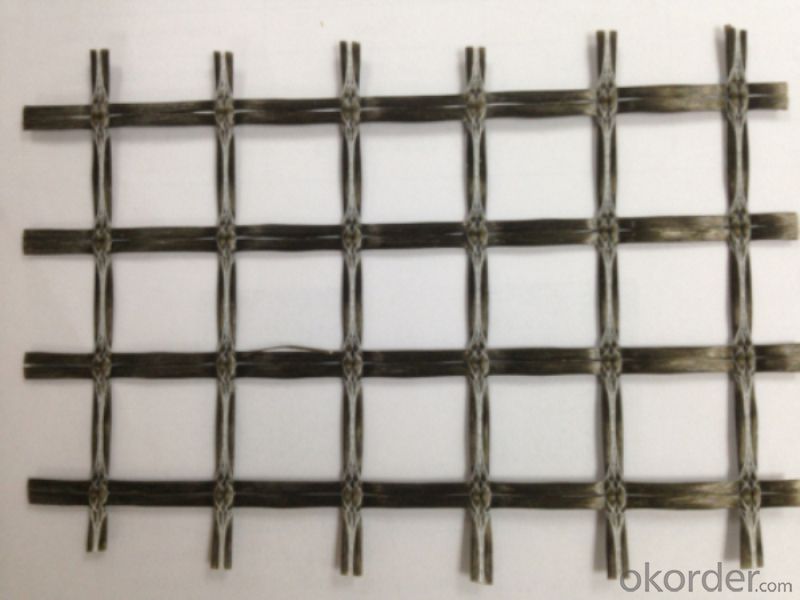
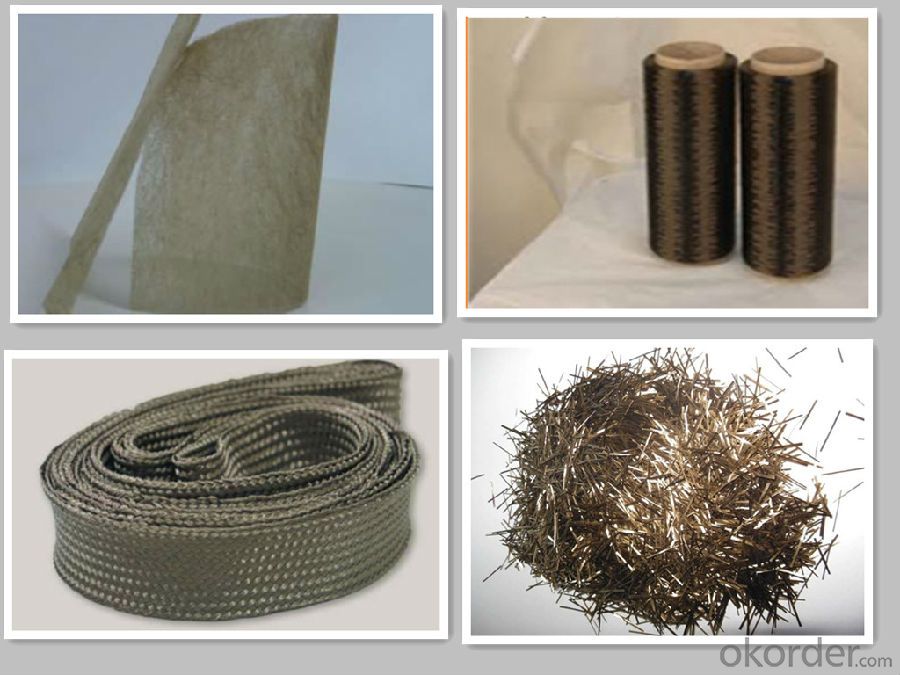
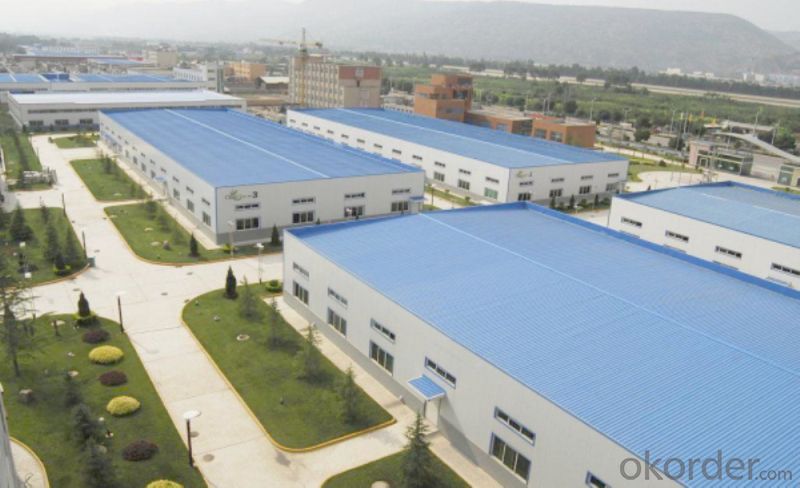
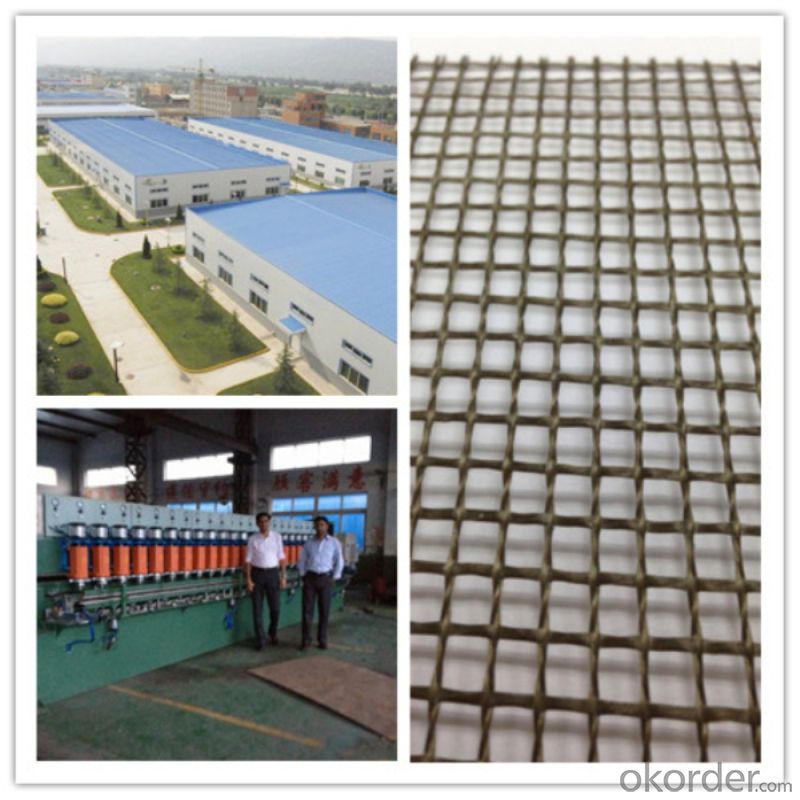
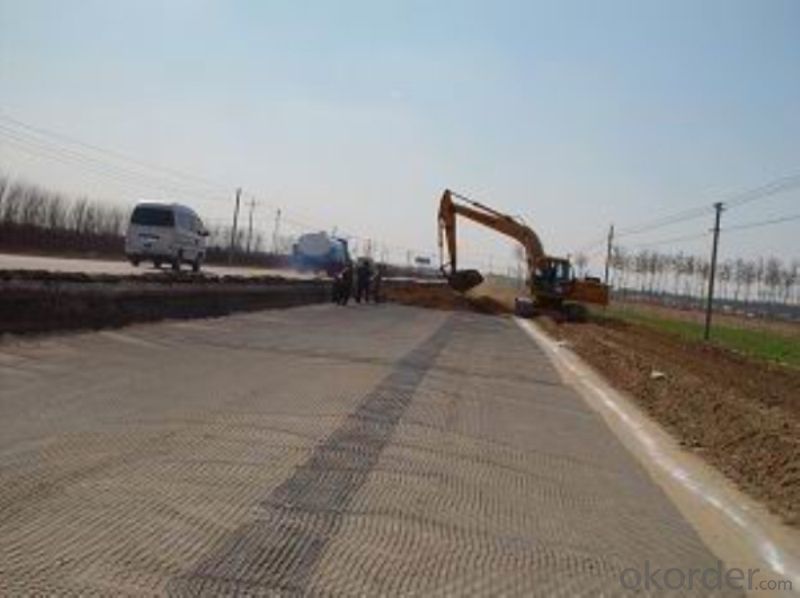
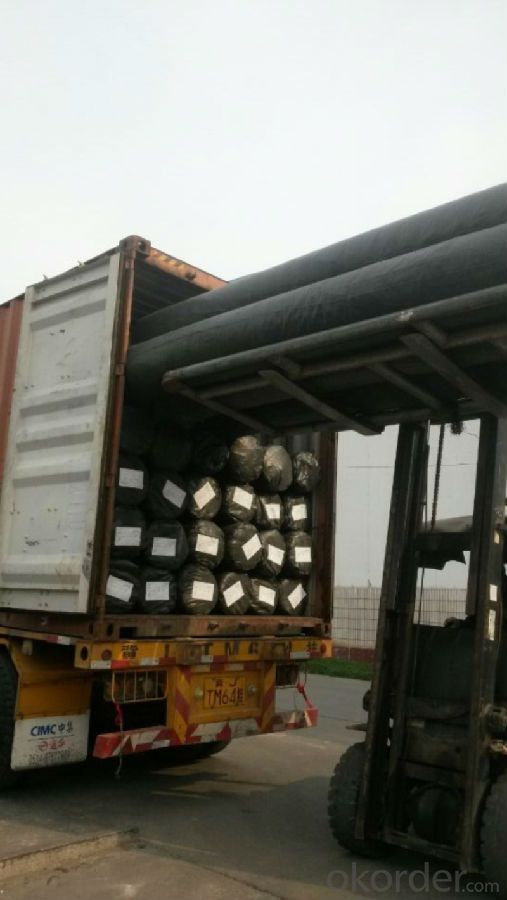
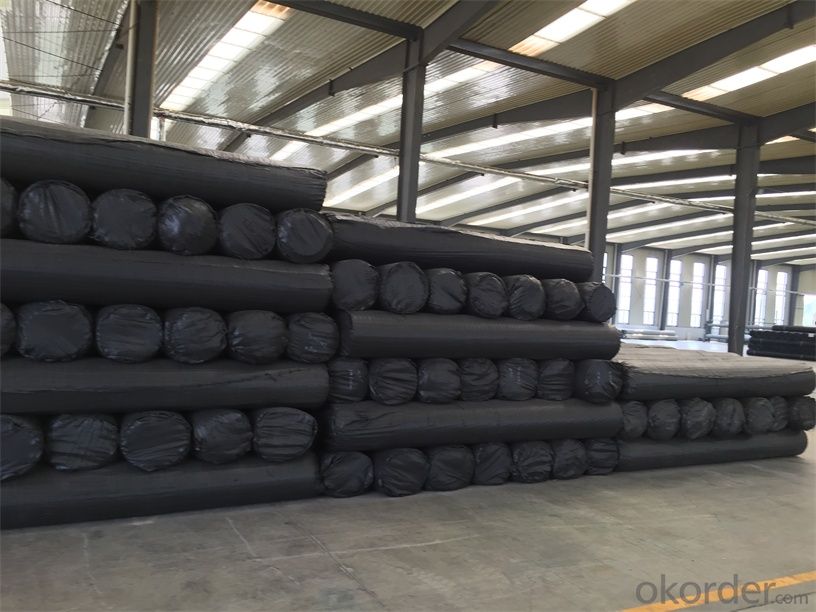
- Q: The world's most famous columnar basalt
- The giant road is the world's most famous columnar basaltic structure, located about 80 kilometers northwest of Belfast, Northern Ireland, on the Atlantic coast, consisting of a total of about 40,000 hexagonal pillars consisting of 8 kilometers of coast. Extending into the sea.
- Q: The difference between basalt and limestone
- Limestone is the main raw material for firing lime and cement, which is the flux of iron and steelmaking. There are biochemical effects generated by the eye, often rich in organic debris. Limestone generally contain some dolomite and clay minerals, when the clay mineral content of 25% to 50%, known as the mudstone. Dolomite content of 25% ~ 50%, known as dolomitic limestone. Limestone distribution is quite extensive, lithology uniform, easy to mining processing, is a very versatile building stone.
- Q: Basalt and limestone Which rocks are not suitable for building materials? Why?
- Basaltic bulk density of 2.3.3g / cm3, dense compressive strength is very large, up to 300MPa, sometimes higher, the existence of vitreous and stomatal strength is reduced. Basalt durability is very high, joint and more, and brittle, And thus difficult to take large pieces of stone, due to stomatal and almond structure common, although the basaltic surface is widely distributed, but can be made no small stone. Basalt is the main component of silica, aluminum oxide, iron oxide, calcium oxide, magnesium oxide (and a small amount of potassium oxide, sodium oxide), which contains the largest silica, accounting for about 45 percent to About fifty
- Q: How to remove moisture from porous basalt asphalt mixture
- Not possible, never heard of it. The temperature of the drying cylinder is very high, even if the stone is saturated, it is finished in the production process.
- Q: Why basalts have columnar joints?
- Basalt is a monolithic rock or rock, and there is no fissure or crack. The columnar joint is the product of later tectonic movement.
- Q: Quartz stone and basalt which hard
- Quartz stone harder, if the landlord heart did not end, you can find some basalt and quartz stone for hardness testing, with two kinds of stone is more sharp place each other characterization, try to know.
- Q: Does this stone roll be basalt? How many years have you been expecting the wear of this stone?
- This is not a roller, called stone. Should have some years, because the production of stone, will not do so thin, is the use of years, ??????? After wearing the remaining 8 cm. You are grinding the fan, there should be the next fan. ??????? This is a common civilian daily life appliances, the world is very high.
- Q: What is the characteristic of basalt?
- Basalt (Basalt) is a basic spouting rock, volcanic eruption from the surface of the magma solidified after the solidification of a dense or foam-like structure of the rock, belonging to the magma rock.The rock structure is often stomatal, Almond-like structures and plaque structures, sometimes with large mineral crystals, unweathered basalts are mainly black and gray, there are dark brown, dark purple and gray green.
- Q: Basalt and granite are the same?
- Both are volcanic eruption after the formation of magma cooling, but one is formed in the crustal surface cooling, one is formed in the atmosphere.
- Q: Causes of hexagonal basalts
- The composition of this rock is small and dense, the main components of olivine, pyroxene. On the ground can often see the basalt of the basalt, which is the basaltic cooling volume shrinkage caused by a crack. This crack is often hexagonal, square,
Send your message to us
Geo-grid from Basalt Fiber for Piers Dams Road and Buildings
- Loading Port:
- Shanghai
- Payment Terms:
- TT OR LC
- Min Order Qty:
- 4000 m³
- Supply Capability:
- 1000000 m³/month
OKorder Service Pledge
OKorder Financial Service
Similar products
Hot Searches
Related keywords
